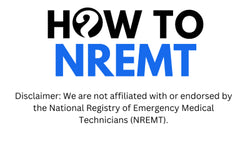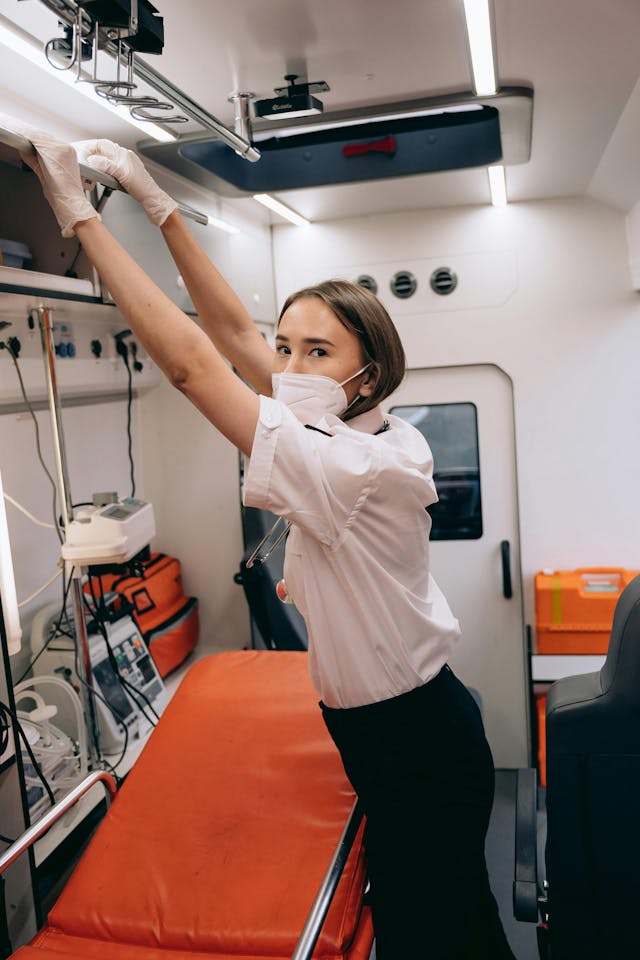In New York, emergency medical services are always on the move. Whether responding to incidents in the subway or conducting rescues in rural areas upstate, EMTs are constantly present, providing crucial care when time is of the essence.
Stepping into that role begins with obtaining certification. This involves fulfilling state-level requirements and successfully passing the NREMT cognitive exam, which can be a challenging hurdle for many first-time test takers. However, with the proper preparation, you can approach the exam with confidence and increase your chances of success.
Here’s a complete breakdown of what goes into the process of becoming an EMT in New York.
Step 01

Meet New York's Entry Requirements
Before you sign up for an EMT course, make sure you’re eligible.
You must:
- Be at least 18 years old by the last day of the course
- Have a four-year high school diploma or GED (required for state certification)
- Hold a current CPR certification for healthcare providers
- Be physically and mentally capable of performing EMS duties
- The candidate must not have any criminal convictions for violent crimes on their record
Step 02
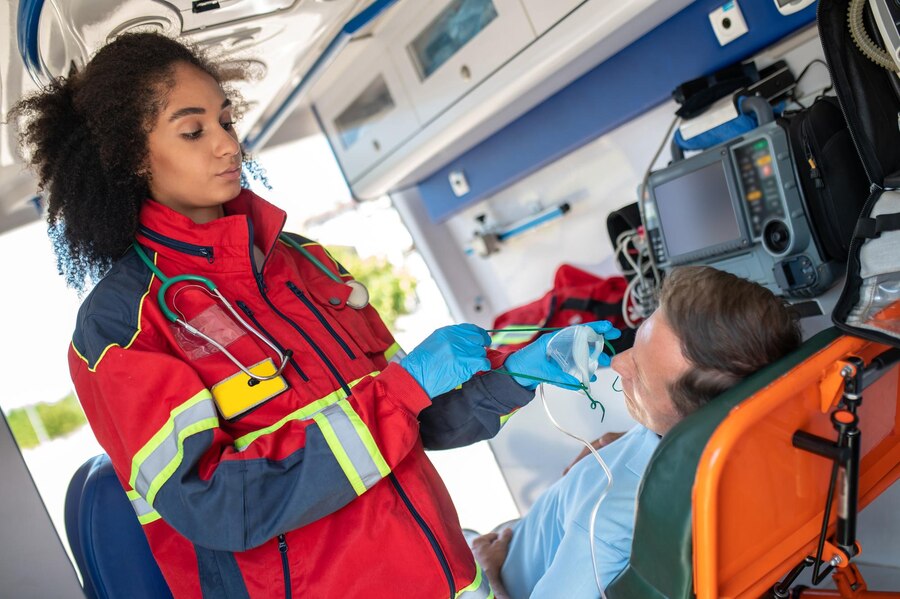
Complete a New York State-Approved EMT Course
All training must be completed through a New York State Department of Health (NYSDOH)-approved program.
These programs are available through:
- Local EMS academies
- Community colleges
- Fire departments and hospitals
Your course will include:
- Didactic instruction
- Hands-on practical skill labs
- Clinical experiences (ambulance ride-alongs or emergency room observation)
Once you complete training, you’ll be eligible to take your exams.
Step 03
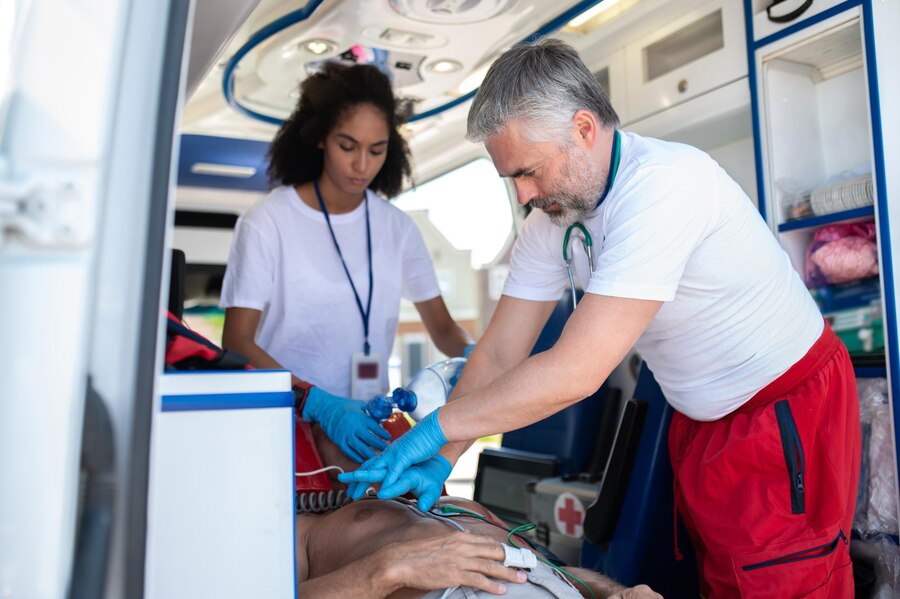
Pass the NREMT Cognitive Exam
While New York uses its own practical skills test, the NREMT cognitive exam is a required step for national certification, and it’s becoming more common for state licensing, too.
This computer-adaptive test (CAT) assesses how well you apply knowledge under pressure. You won’t just answer memorized questions. You’ll think through real EMS scenarios.
The National Registry updated its course domains as of April 2025 to ensure the exam is in line with the current patient care needs. Here’s what the test covers:
- Scene Size-Up and Safety
- Primary Assessment
- Secondary Assessment
- Patient Treatment and Transport
- Operations
Note: Items related to pediatric patient care are integrated throughout all domains.
Most candidates get 70 to 120 questions. The test ends once it determines a pass or fail.
Tip: The best way to study for NREMT is not with more reading. It’s with NREMT practice exams, targeted coaching, and tools built to match how the exam actually works.
Step 04

Apply for New York State Certification
Once you pass your exams, you’ll need to apply for your EMT certification through the New York State Department of Health, Bureau of EMS.
Here’s what you’re required to submit to the bureau:
- Proof of course completion
- Proof of passing the NREMT cognitive exam
- CPR certification
- State application and identification
- Background check (fingerprinting required)
Once approved, you’ll be officially certified as an EMT in New York.
Step 05

Keep Your Certification Active
New York EMT certification lasts three years.
To renew, you must:
- Maintain your CPR certification
- Complete continuing education or refresher training.
- Either maintain your NREMT certification or meet the state’s renewal process.
If your certification lapses, you may be required to retake the NREMT cognitive exam.
National vs. New York EMT Certification
Here’s how state and national requirements compare:
| Requirement | NREMT (National) | New York State License |
|---|---|---|
| NREMT Cognitive Exam | Required | Required (for NREMT) |
| CPR Certification | Required | Required |
| State-Approved EMT Course | Required | Required |
| Practical Skills Exam | Not Required | Required |
| Background Check | Not Required | Required |
| State Application | Not Applicable | Required |
Note: The practical skills exam is discontinued by the National Registry, and it’s only required at the state level.
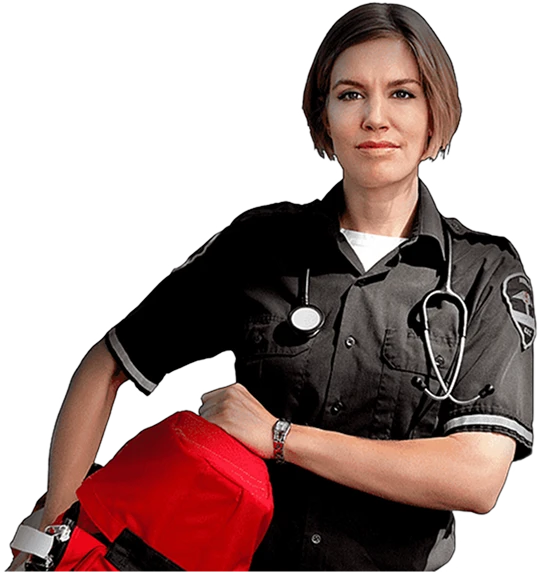
- Choosing a selection results in a full page refresh.
